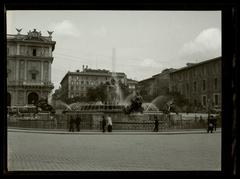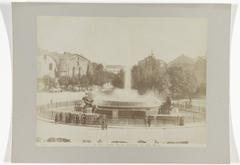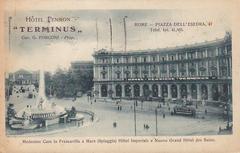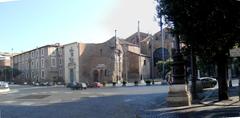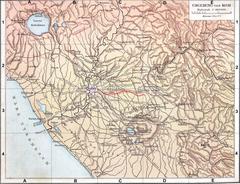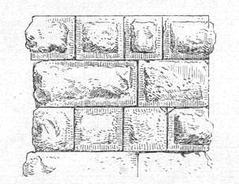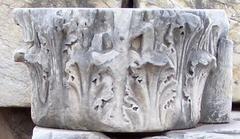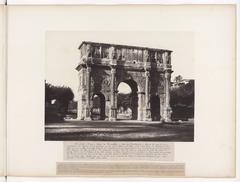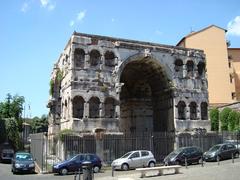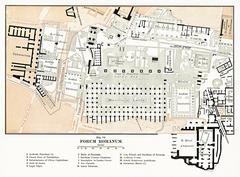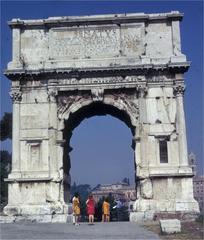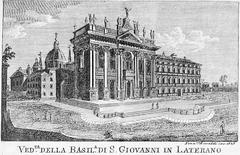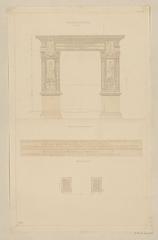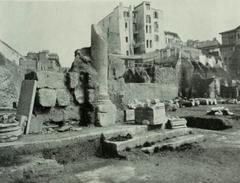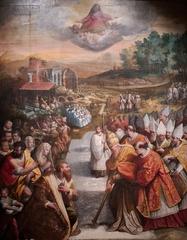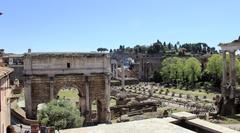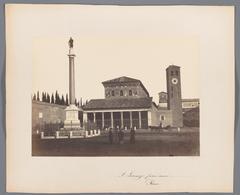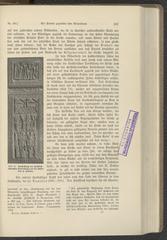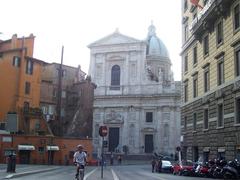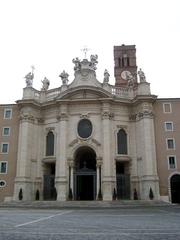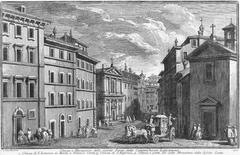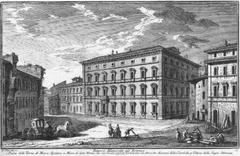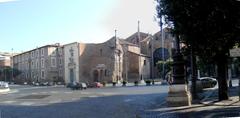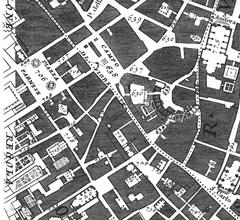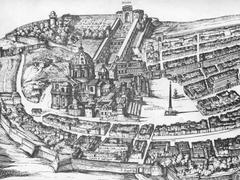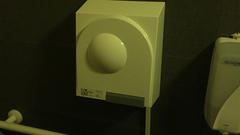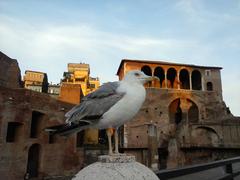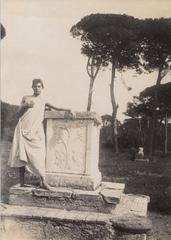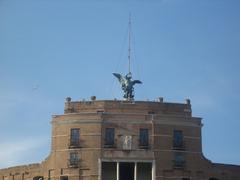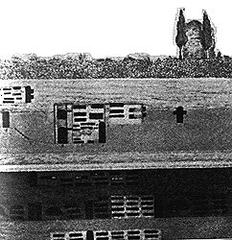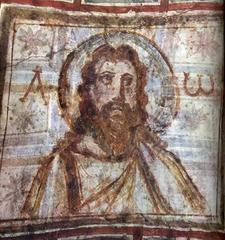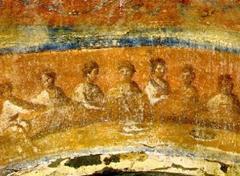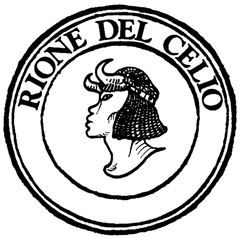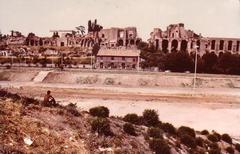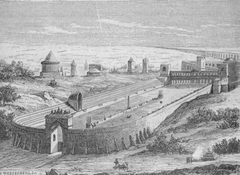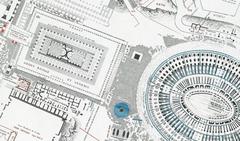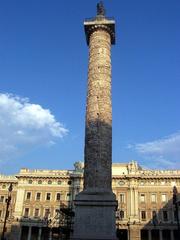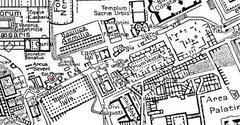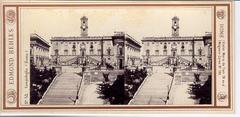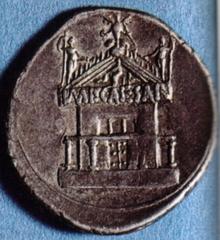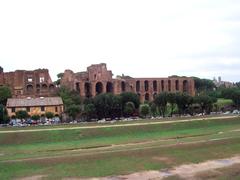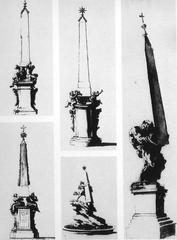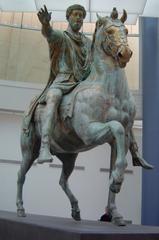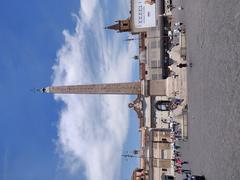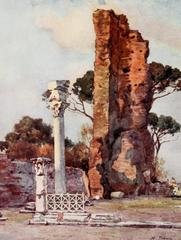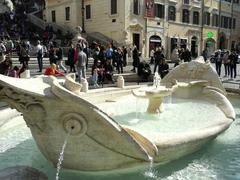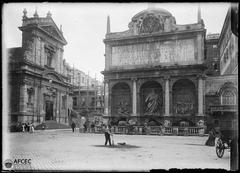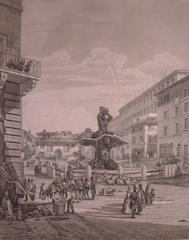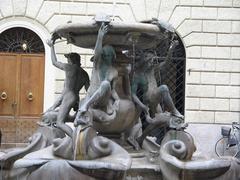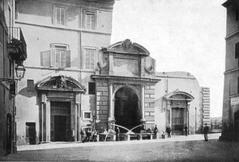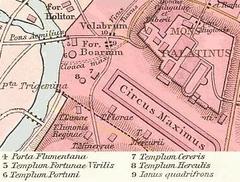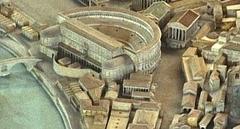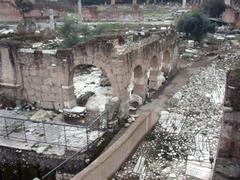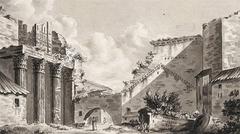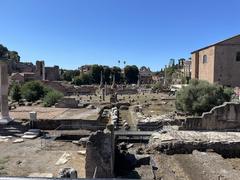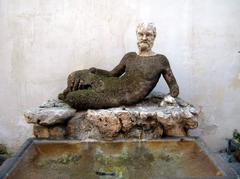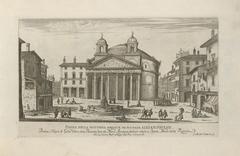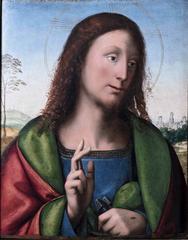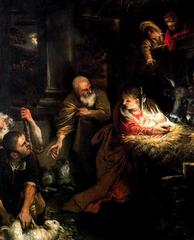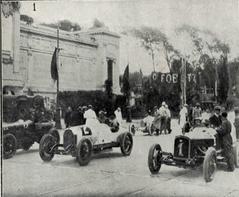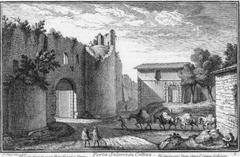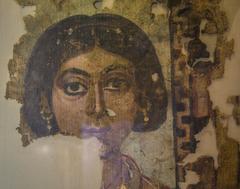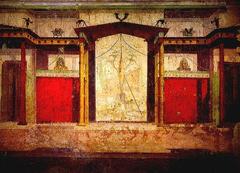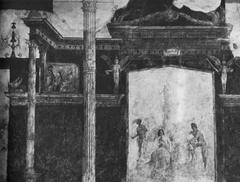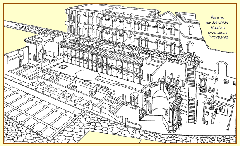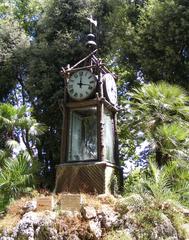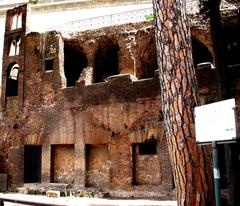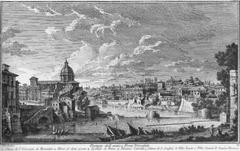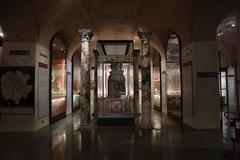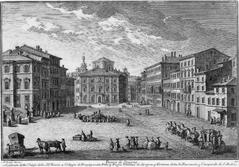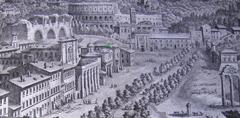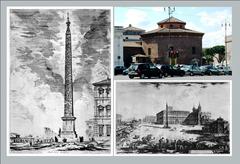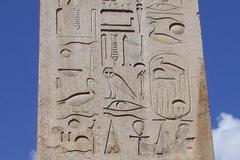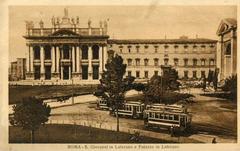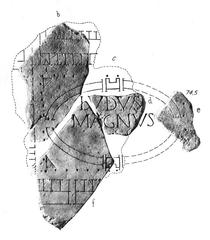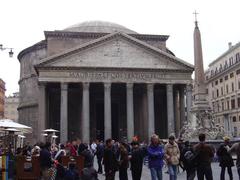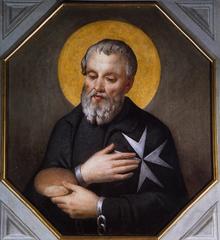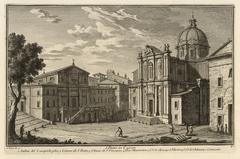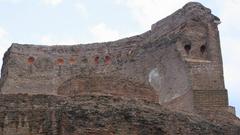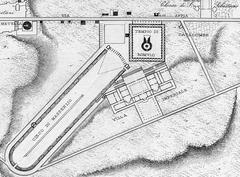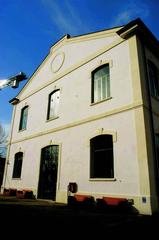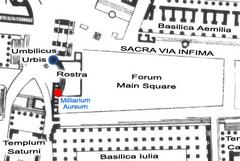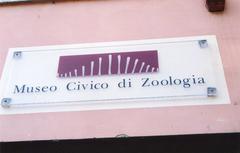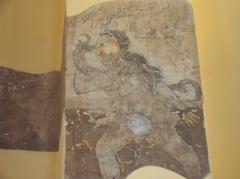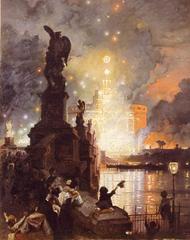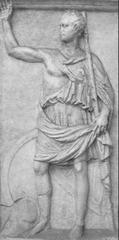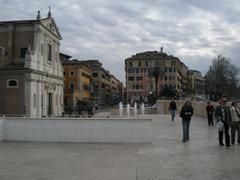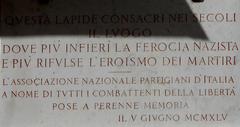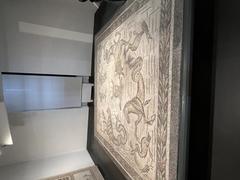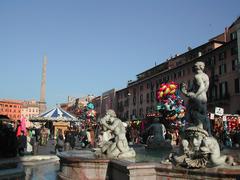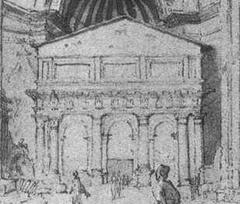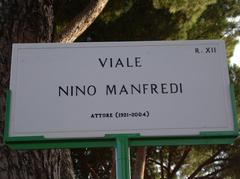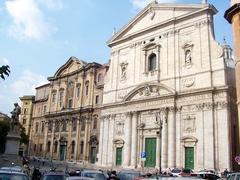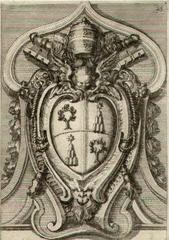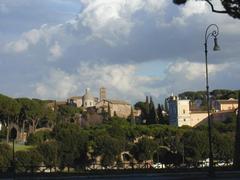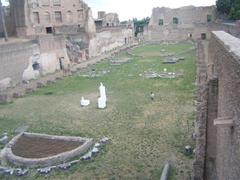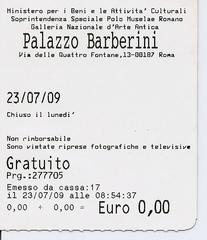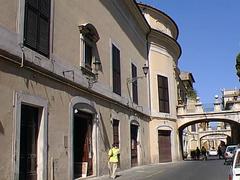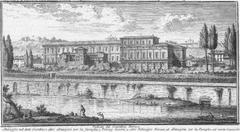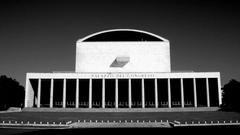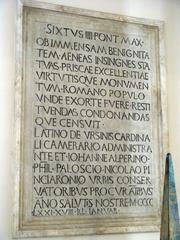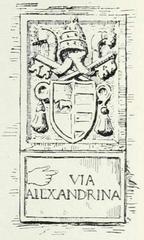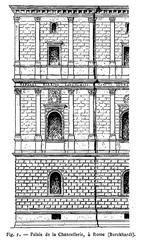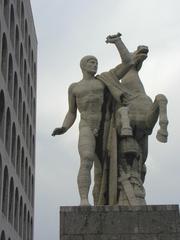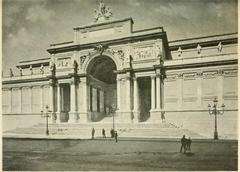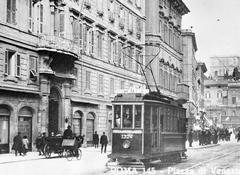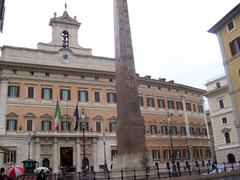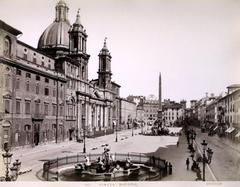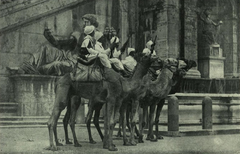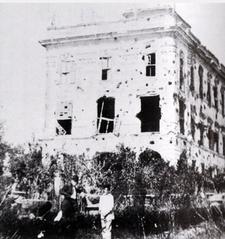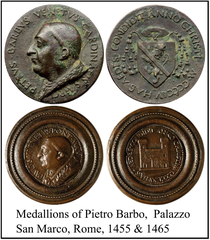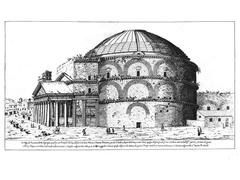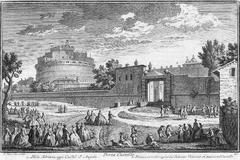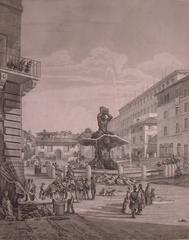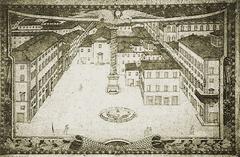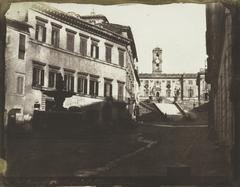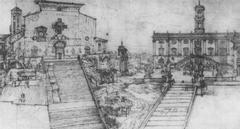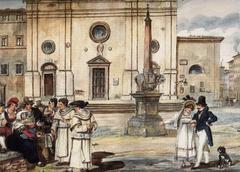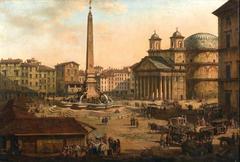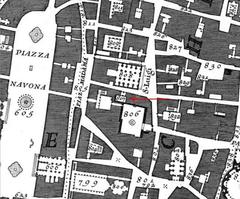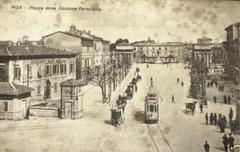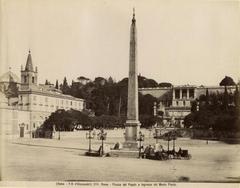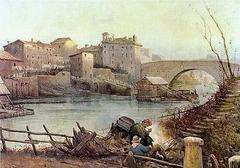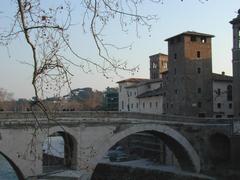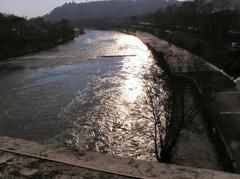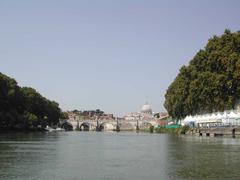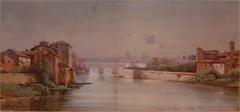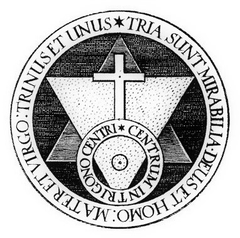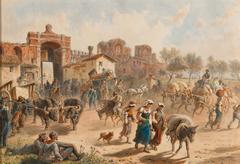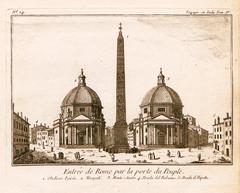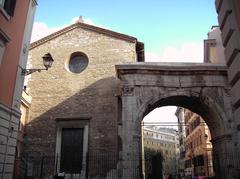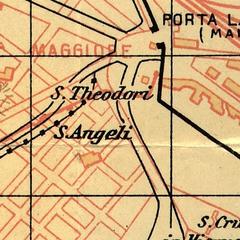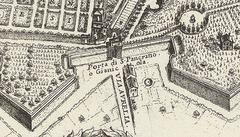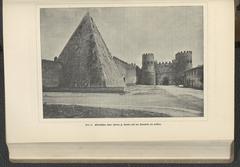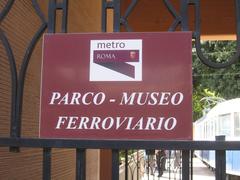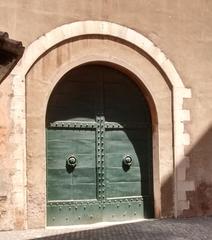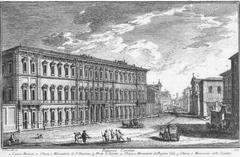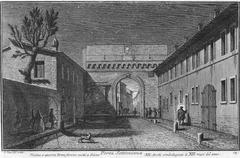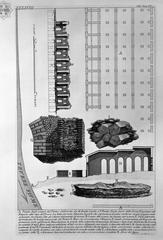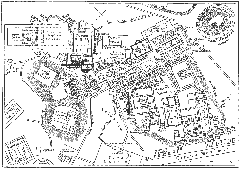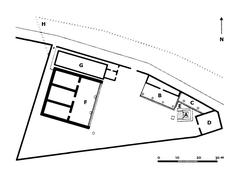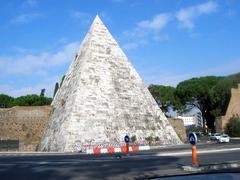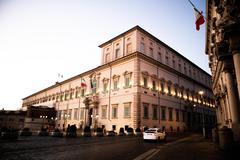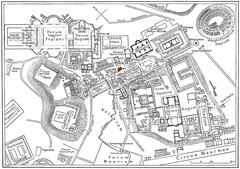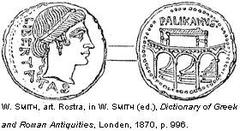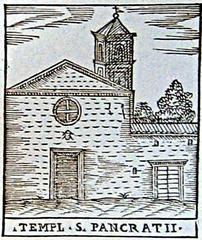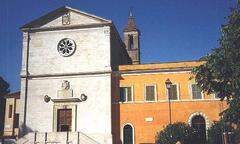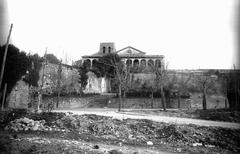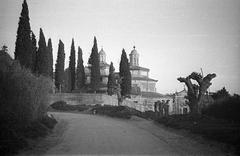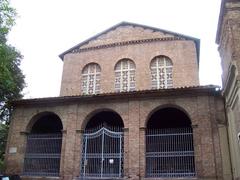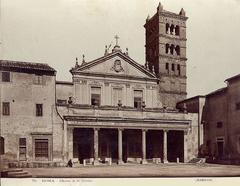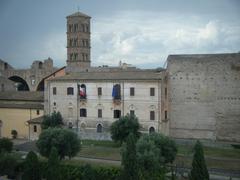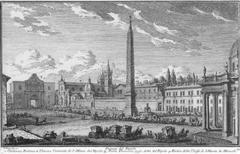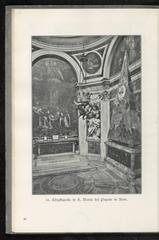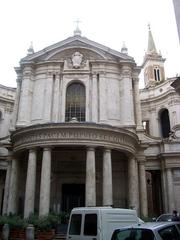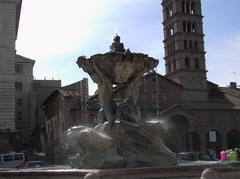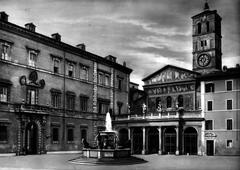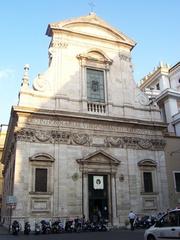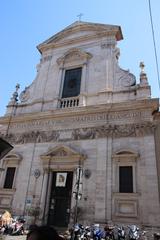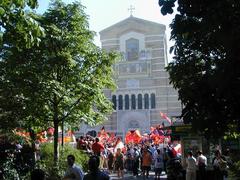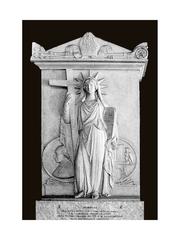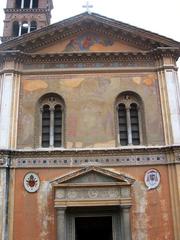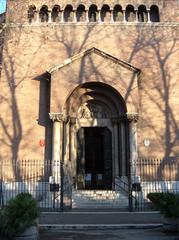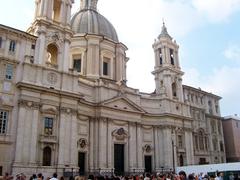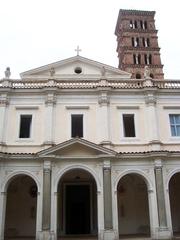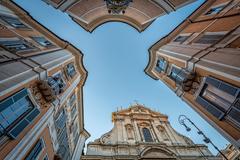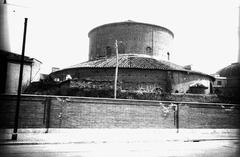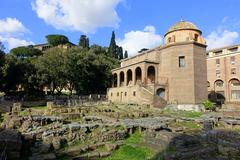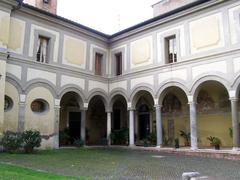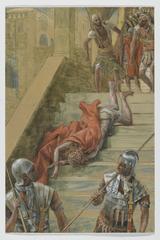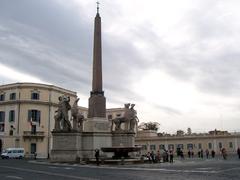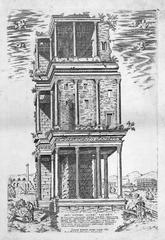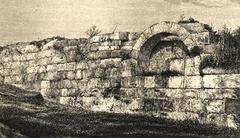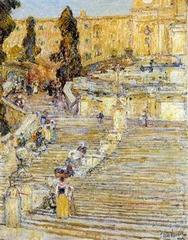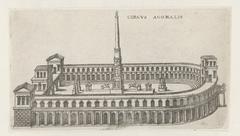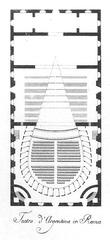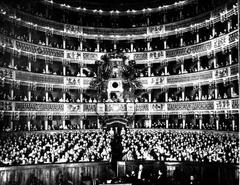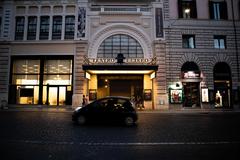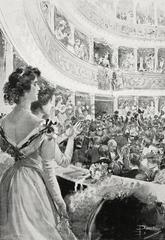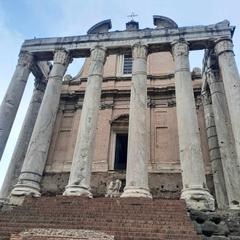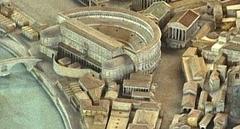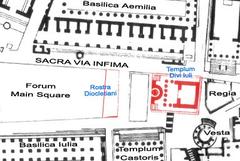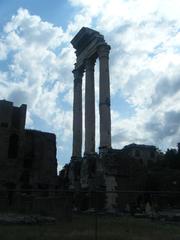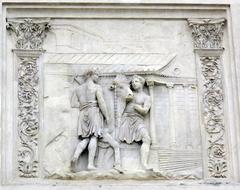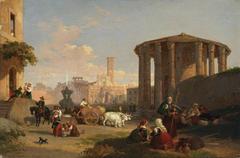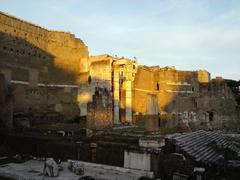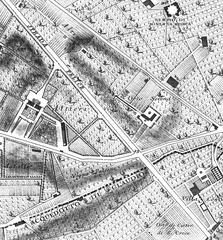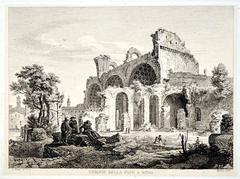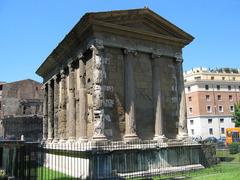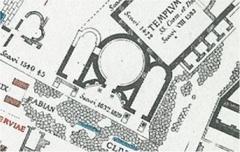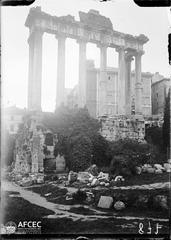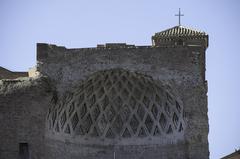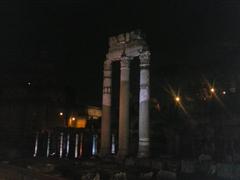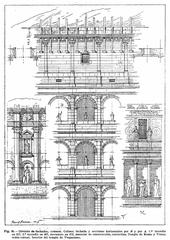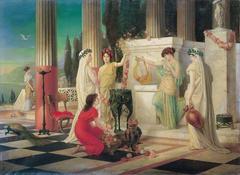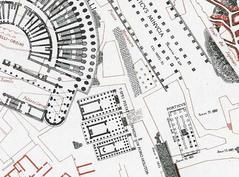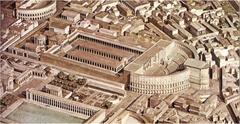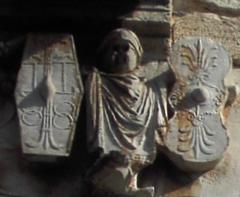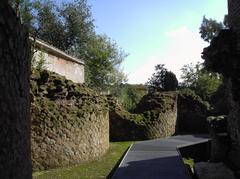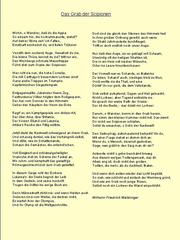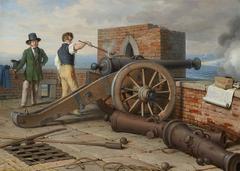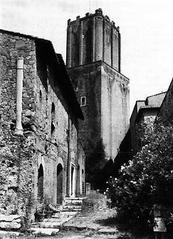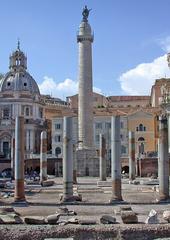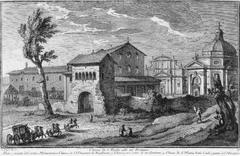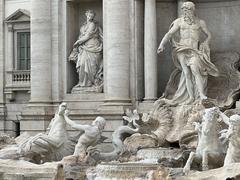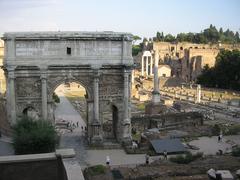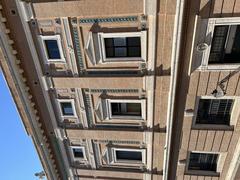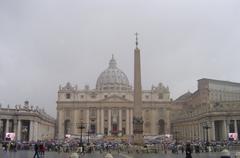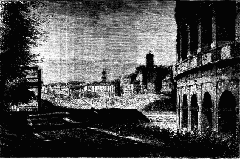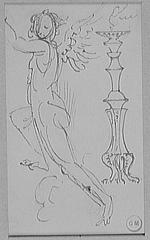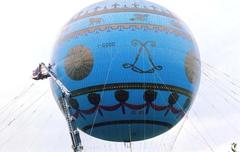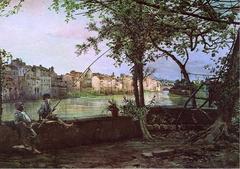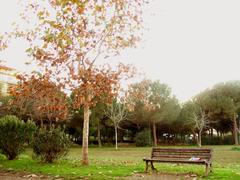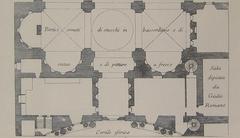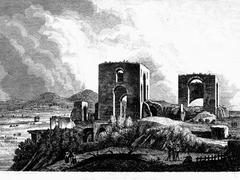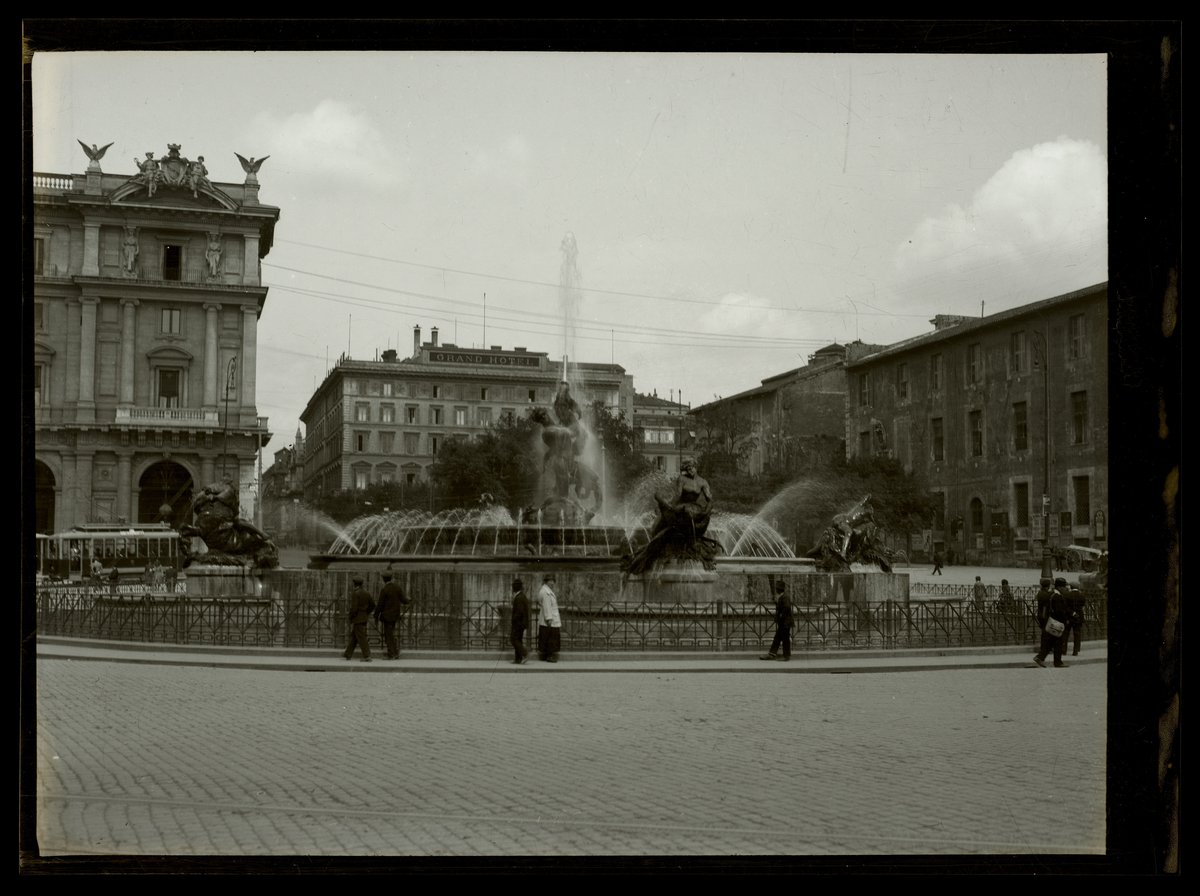
Fontana delle Naiadi Visiting Guide: Hours, Tickets, and Historical Insights
Published Date: 19/07/2024
Introduction to Fontana delle Naiadi
The Fontana delle Naiadi, nestled in the vibrant Piazza della Repubblica in Rome, Italy, stands as a testament to the city’s artistic and cultural renaissance during the late 19th and early 20th centuries. This iconic fountain, adorned with dynamic sculptures of water nymphs, captures the essence of Rome’s historical continuity and its embrace of modernity. Originally designed by Alessandro Guerrieri and later enhanced by the Sicilian sculptor Mario Rutelli, the Fontana delle Naiadi is more than just a visual marvel; it is a symbol of Italy’s national unification and modernization efforts post-1870. The fountain’s intricate design and mythological references, coupled with its strategic location, make it a focal point for both locals and tourists. This guide offers a comprehensive exploration of the Fontana delle Naiadi, shedding light on its historical significance, visitor information, cultural impact, and practical tips to ensure an unforgettable visit. For more details on visiting hours, nearby attractions, and other insights, check the Rome Tourism website and the official website of the City of Rome.
Contents Overview
- Introduction
- History of Fontana delle Naiadi
- Origins and Construction
- Sculptural Elements
- Historical Significance
- Restoration and Preservation
- Visitor Information
- Visiting Hours
- Tickets and Accessibility
- Nearby Attractions
- Cultural Impact
- References in Literature and Art
- Modern-Day Relevance
- Special Events and Guided Tours
- Photographic Spots
- FAQs
- Conclusion
Exploring the Fontana delle Naiadi
History of Fontana delle Naiadi
Origins and Construction
The fountain’s origins date back to the late 19th century when Rome was undergoing significant urban transformation following the unification of Italy in 1870. The city was being modernized, and new public works were commissioned to reflect its status as the capital of the newly unified nation. The original fountain, designed by architect Alessandro Guerrieri, was inaugurated in 1888 but featured four simple lion sculptures that were deemed unimpressive. This dissatisfaction led to a redesign, and in 1901, the current version of the fountain was unveiled, featuring the work of sculptor Mario Rutelli.
Sculptural Elements
Mario Rutelli’s redesign introduced the four Naiads, or water nymphs, which gave the fountain its name. Each Naiad represents a different type of water: the Nymph of the Lakes, the Nymph of the Rivers, the Nymph of the Oceans, and the Nymph of the Underground Waters. These figures are depicted in dynamic, sensual poses, showcasing Rutelli’s skill in capturing movement and emotion in marble. The central figure of the fountain, added later in 1912, is Glaucus, a mythological sea god depicted wrestling a fish, symbolizing the dominion of man over natural forces.
Historical Significance
The Fontana delle Naiadi holds significant historical value as it reflects the artistic and cultural aspirations of Rome during a period of national unification and modernization. The fountain’s evolution from a simple design to a complex, symbolically rich work of art mirrors the broader changes occurring in Italian society at the time. The sensuality and dynamism of the Naiads were controversial at the time of their unveiling, reflecting changing attitudes towards art and public morality.
Restoration and Preservation
Over the years, the Fontana delle Naiadi has undergone several restorations to preserve its intricate details and structural integrity. One of the most significant restorations took place in the early 2000s, involving cleaning the marble sculptures, repairing damage caused by pollution and weathering, and updating the fountain’s water circulation system. The ongoing preservation efforts ensure that future generations can continue to enjoy this masterpiece of Roman art.
Visitor Information
Visiting Hours
The Fontana delle Naiadi is located in a public square and can be visited at any time. However, the best time to visit is during daylight hours when the intricate details of the sculptures can be fully appreciated.
Tickets and Accessibility
There is no admission fee to view the Fontana delle Naiadi as it is situated in an open public space. The area is accessible to all, including those with mobility issues, as the surrounding Piazza della Repubblica is flat and well-paved.
Nearby Attractions
While visiting the Fontana delle Naiadi, you can also explore nearby attractions such as the Basilica of Santa Maria degli Angeli e dei Martiri, the Baths of Diocletian, and the National Museum of Rome. Piazza della Repubblica is also close to Termini Station, making it easy to reach other parts of the city.
Cultural Impact
References in Literature and Art
The Fontana delle Naiadi has been referenced in numerous literary and artistic works, highlighting its influence on Italian culture. For instance, it is mentioned in the writings of Italian novelist Alberto Moravia, who often used Rome’s landmarks as settings for his stories. The fountain’s sensual sculptures have also inspired contemporary artists, who reinterpret its forms in various media.
Modern-Day Relevance
Today, the Fontana delle Naiadi continues to be a symbol of Rome’s artistic and historical legacy. It stands as a testament to the city’s ability to blend ancient traditions with modern innovations. The fountain’s enduring appeal lies in its ability to capture the imagination of those who visit, offering a glimpse into the artistic and cultural currents that have shaped Rome over the centuries.
Special Events and Guided Tours
While there are no specific events centered around the Fontana delle Naiadi, the Piazza della Repubblica often hosts public events and celebrations that visitors can enjoy. Guided tours of Rome often include a stop at the fountain, providing historical context and interesting anecdotes about its creation and significance.
Photographic Spots
The Fontana delle Naiadi is a popular spot for photography, especially in the early morning or late afternoon when the lighting is optimal. The dynamic poses of the Naiads and the central figure of Glaucus offer numerous opportunities for capturing stunning images.
FAQs
Q: Are there any visiting hours or is the fountain always accessible?
A: The fountain is always accessible as it is located in a public square. However, visiting during daylight hours is recommended for the best experience.
Q: Is there an admission fee to view the Fontana delle Naiadi?
A: No, there is no admission fee.
Q: Are there guided tours available?
A: Yes, many guided tours of Rome include a stop at the Fontana delle Naiadi.
Q: What are some nearby attractions?
A: Nearby attractions include the Basilica of Santa Maria degli Angeli e dei Martiri, the Baths of Diocletian, and the National Museum of Rome.
For more detailed information on the history and significance of the Fontana delle Naiadi, you can visit the official website of the City of Rome.
Summary and Final Thoughts
The Fontana delle Naiadi remains a captivating emblem of Rome’s rich artistic legacy and its journey towards modernity. Its evolution from a simple fountain to a masterpiece of dynamic sculpture reflects the broader cultural and social transformations of Italy during the late 19th and early 20th centuries. Today, this fountain continues to enchant visitors with its intricate designs and mythological references, serving as a vibrant part of Rome’s urban landscape. Whether you are drawn by its historical significance, artistic beauty, or the lively atmosphere of Piazza della Repubblica, the Fontana delle Naiadi offers a unique glimpse into Rome’s past and present. Ensuring its preservation through ongoing restoration efforts, this iconic landmark stands as a testament to Rome’s ability to blend ancient traditions with contemporary innovations. For further exploration and updates on Rome’s historical sites, consider downloading the Audiala app or following related posts on social media.
Sources and Further Reading
- Exploring the Fontana delle Naiadi - History, Visiting Hours, and Tips, 2024, Rome Tourism website
- Complete Guide to Fontana delle Naiadi in Rome - Visiting Hours, Tickets, and Historical Significance, 2024, official website of the City of Rome
- Visitor Tips for Fontana delle Naiadi - Best Times, Nearby Attractions, and More, 2024, Rome Tourism website
